Exploring Mars from Etna
There are many different ways of studying the Solar System and the other planets. Some of them do not require to go to space or to be in a laboratory, but can be carried out in the field – in some of the most beautiful places on Earth.
This is the case for a campaign that took place in July 2021, which brought 11 students from all over Europe together for a field trip on the Sicilian volcanano, Etna, in preparation for the arrival ESA’s next mission to Mars in 2022. In this campaign, organised through the EuroMoonMars initiative and presented for the first time at EPSC2021, the team simulated the landing of a basic rover and used it to explore the harsh environment of Etna and to collect and analyse data from a selection of instruments.
‘Sicily was chosen due to the fact that Mount Etna is a very similar environment to the Moon and Mars, both being fairly desolate, harsh environments,’ says Hannah Reilly, from Technological University Dublin, a member of the team. ‘The constant volcanic activity at Mount Etna means that the terrain and surrounding areas are constantly changing and covered in fresh volcanic soil, similar to soil found on other planets. Volcanic areas are usually chosen for campaigns like this.’
The rover used in the campaign was operated by the team to simulate the activities of the Rosalind Franklin Rover that will be used in the Exomars mission.
‘As you can imagine our rover is a lot smaller than the ESA one, but we developed our own camera system similar to that on ExoMars, including PanCam, which we used to generate 360 panoramas,’ explains Reilly. ‘Just like the ExoMars rover that will analyse the terrain, we also used different spectrometers including a Raman spectrometer and UV-Vis-NIR one. The in-situ analysis of samples collected was then carried out on site, as part of the simulation of what will happen with ExoMars. All the scientific results have been shared with the community in a selection of articles discussing different aspects of the campaign, like the rover and radio antenna, that have been presented at EPSC this year.’
The campaign was organised as part of the LEAPS project by the ESA/Leiden University, under the supervision of Prof Bernard Foing and with the collaboration of researchers from DLR and from INAF and University in Catania. The EuroMoonMars initiative was founded by the International Lunar Exploration Working Group (ILEWG), as part of research efforts towards the exploration of the Moon and Mars. In the past, EuroMoonMars has carried out field campaigns in other Moon-Mars analogue environments like Hawaii and Iceland. Next summer, the project will return to Etna, collaborating with a new mission, called ARCHES, which will be run by DLR.
Aside from the scientific aspects and results, campaigns such as the Etna one are also an opportunity for young researchers.
‘Our team was made of students coming from all over Europe, Netherlands, Germany, Austria, Ireland, England and Italy. It was a really nice opportunity, especially during Covid, in terms of academic and career experience, getting to work in an international team and learning how to put our university knowledge to good use. And Mount Etna was an amazing and beautiful place that I can’t wait to visit again. We even got the chance to see some volcanic activity – we spent one whole evening watching an eruption, a once in a lifetime opportunity!’ said Reilly.
Images
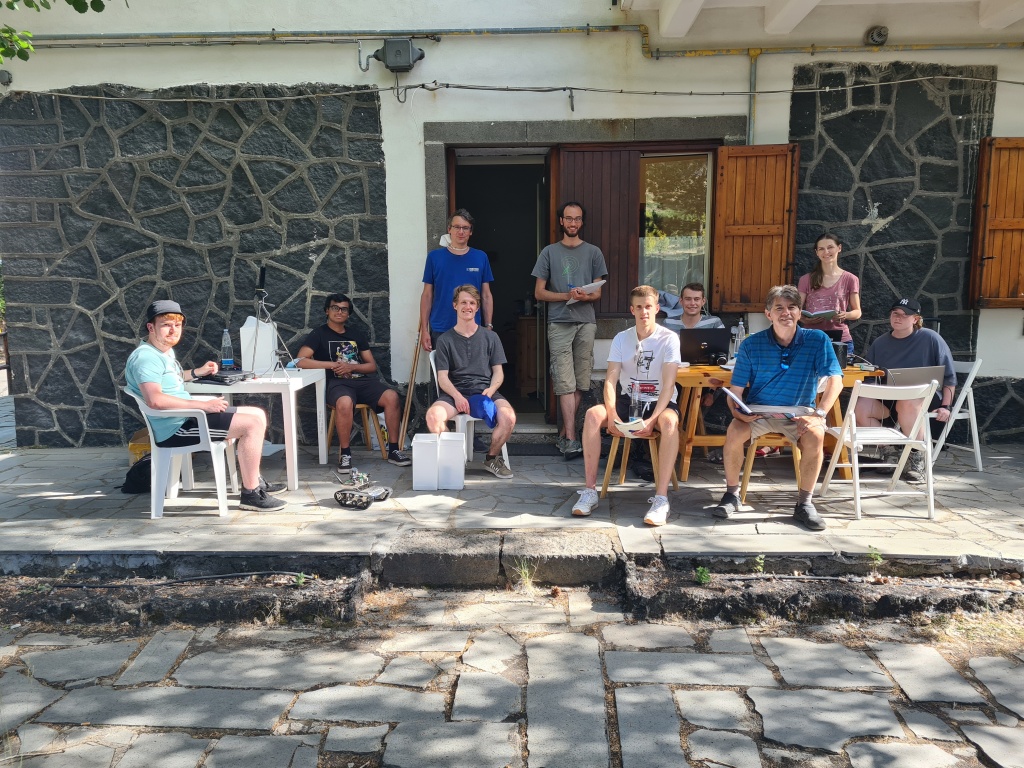
Group photo : left to right : Gary Brady, Chiaryu Mohan, Dr. Armin Wedler, Yke Rusticus, Leander Schlarmann, Kevin McGrath, Christoph Hones, Prof. Bernard Foing , Anouk Ehreiser, Hannah Reilly
Credits: Hannah Reilly, Bernard Foing and Gaia de Palma
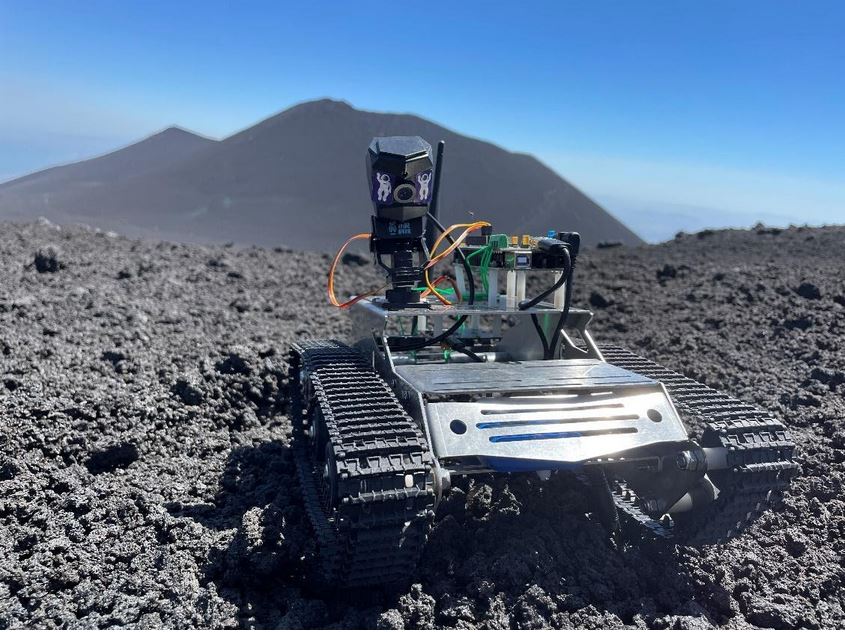
The Rover on site at Mount. Etna
Credits: Hannah Reilly, Bernard Foing and Gaia de Palma
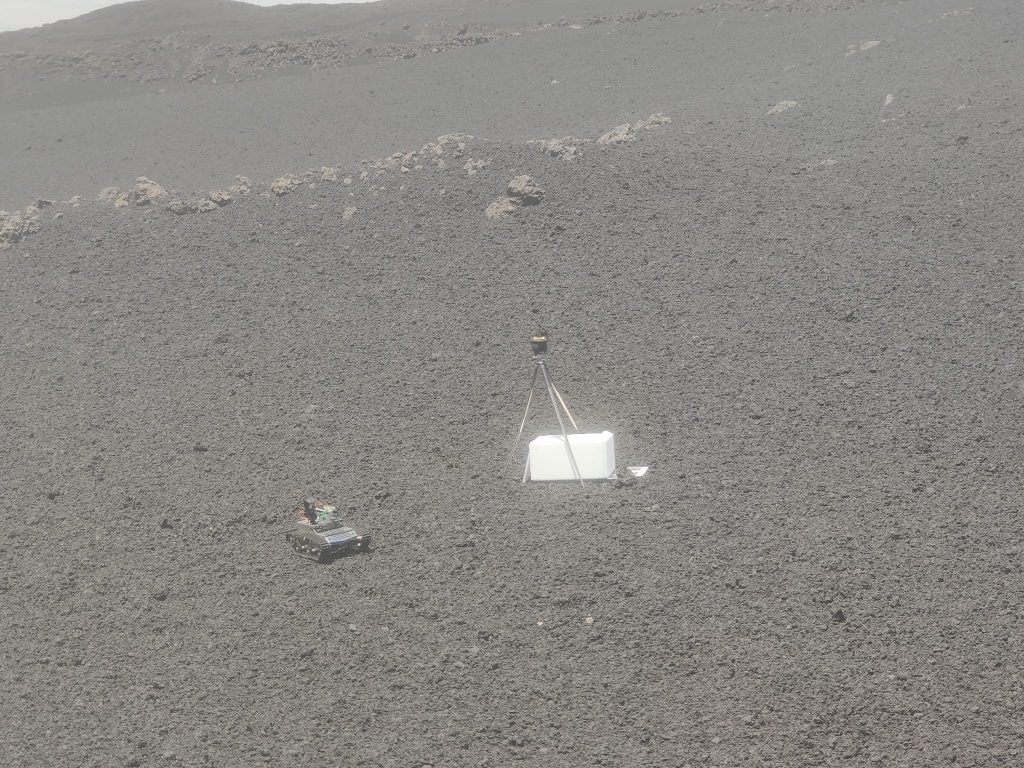
Instrument set up : Mock Lander and rover
Credits: Hannah Reilly, Bernard Foing and Gaia de Palma
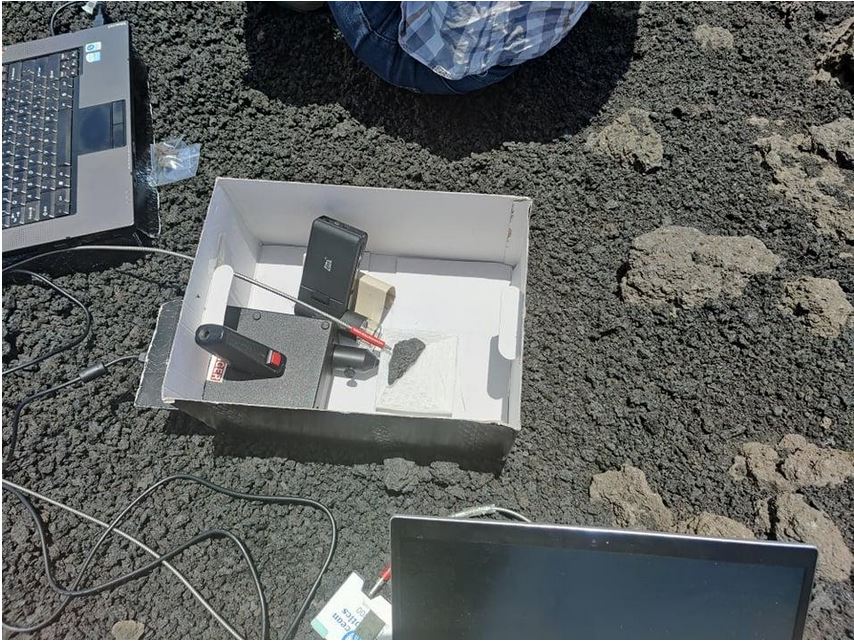
Setting up the spectrometer
Credits: Hannah Reilly, Bernard Foing and Gaia de Palma
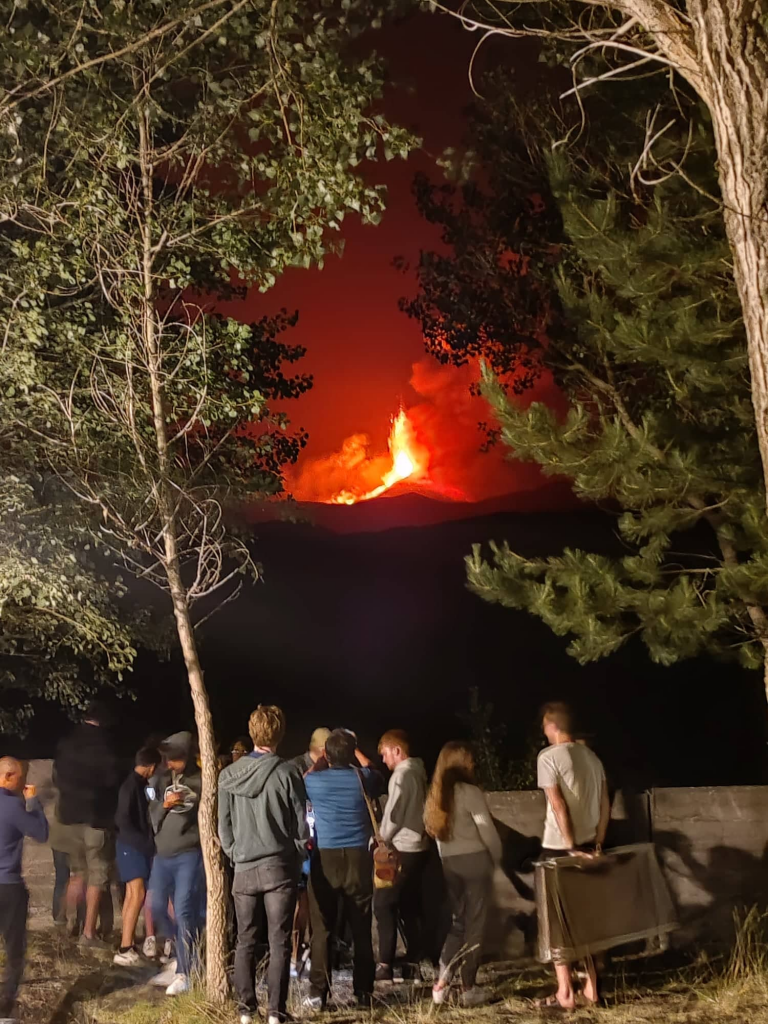
Watching an eruption on Etna
Credits: Hannah Reilly, Bernard Foing and Gaia de Palma

